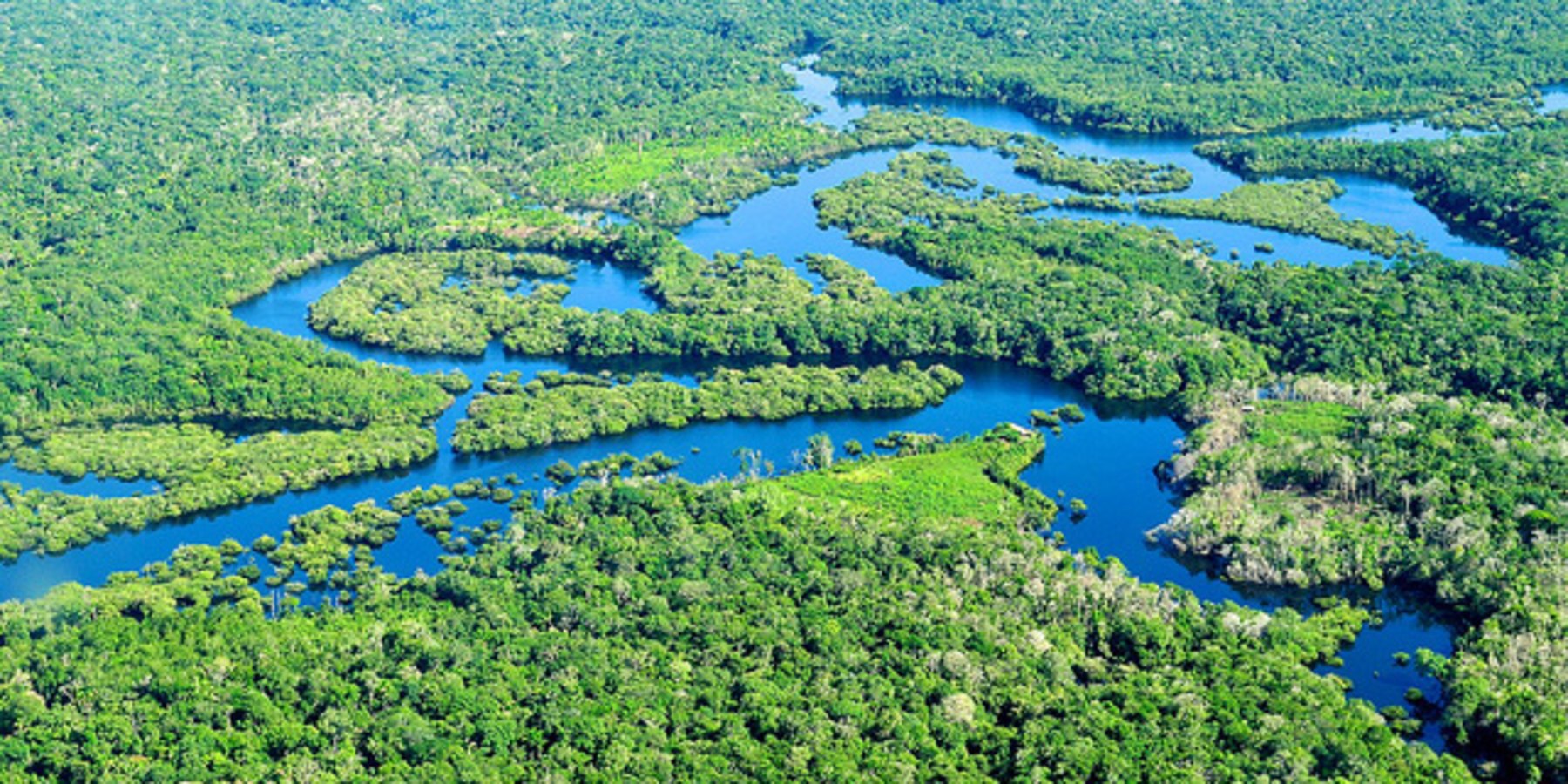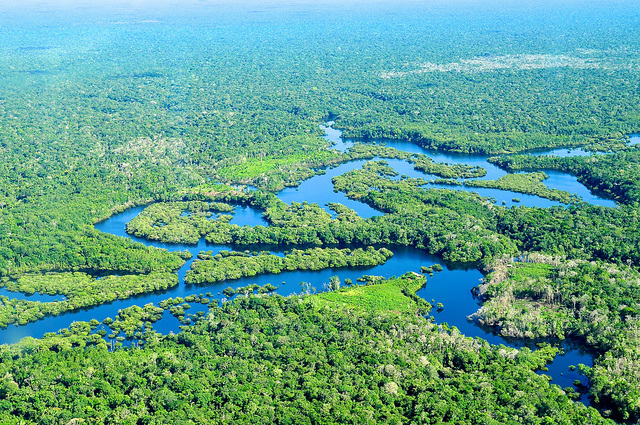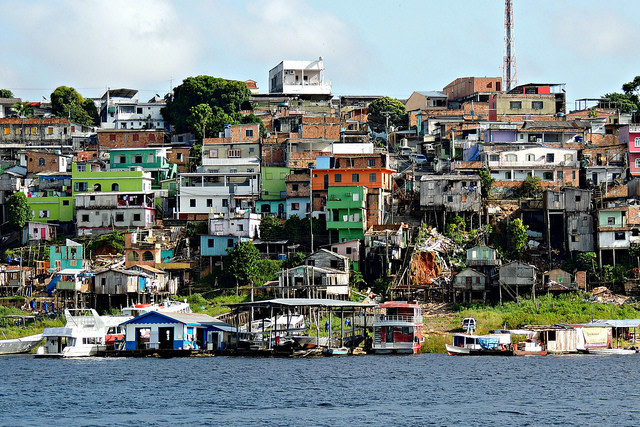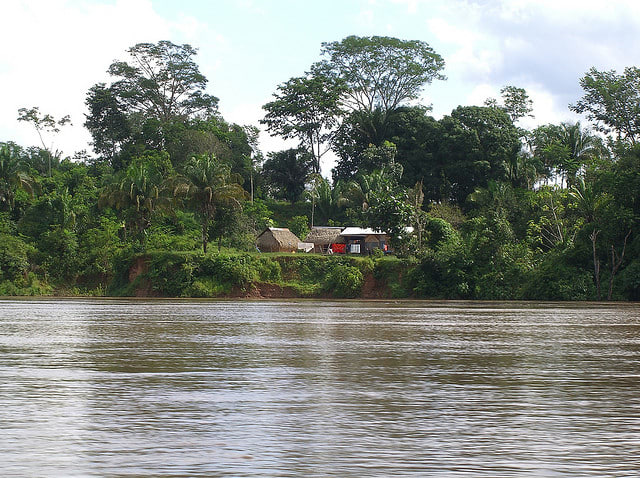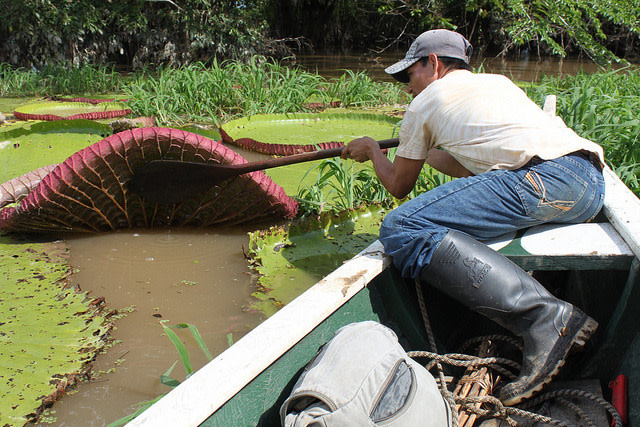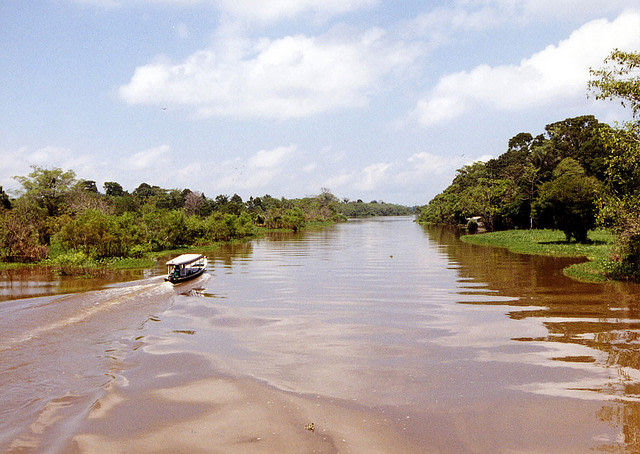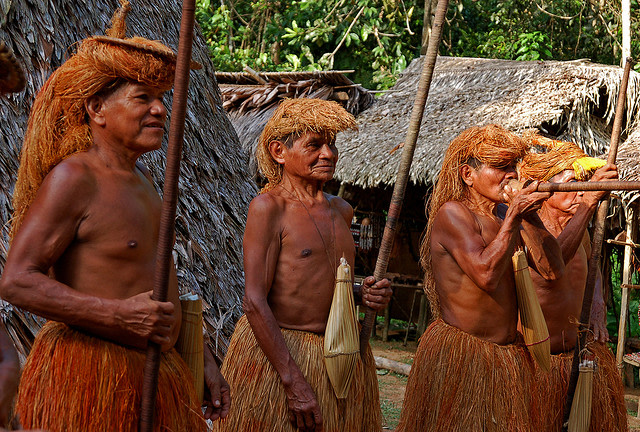| 4 mins read
The Amazon Rainforest is both the world’s largest and most diverse rainforest. Covering 2,100,000 square miles (mostly) between Brazil, Peru and Colombia (plus a few minor outlying areas), this vast jungle is home to over 390 billion individual trees, 2.5 million insect species, 2,000 different species of birds and mammals and an innumerable amount of different types of plants. The single largest collection of plants and animals throughout the world, the Amazonian jungle is an extraordinary place.
Tours of the Amazon Rainforest are amongst some of the world’s most exciting, captivating and memorable experiences. For lovers of nature, culture, animals and exotic locales, the Amazonian jungle is truly the ultimate destination. So where are most Amazon trips located?
Though the Amazon covers a huge mass of land within South America, many of the area’s most popular trips are based around the city of Manaus, Brazil, where you can hire local tour guides. Thanks to its central Amazonian location, Manaus is a great starting point for all trips into the jungle. Lodges and tours are reached through this central hub, and the farther your ultimate destination is from Manaus, the more unique the experience will be. Of course travel time is a large aspect of tours from Manaus, so if you’re looking for the deep jungle experience, your trips out are going to be considerably longer.
Another memorable Amazon experience is based out of Tambopata, Peru. A National Reserve, Tambopata is a river running through the Amazon Basin that houses Peru’s most diverse rainforest. Home to hundreds of thousands of species of plants, mammals, insects, birds and amphibians, tours through this well-protected corner of Peru are amongst some of the best in the Amazon.
Other notable Amazon destinations are Madidi National Reserve in Bolivia, the Cuyabeno Wildlife Reserve in Ecuador and the Peruvian based Pacaya Samiria National Reserve.
What kinds of tours are available in the Amazon?
Jungle Tours
From trekking excursions, bird-watching, monkey & alligator spotting to medicinal plant lessons, meeting local tribes and learning survival techniques- jungle tours through the Amazon are a once in a lifetime sort of journey. For the best possible experiences, take a guided tour into the Amazon with local professionals who can show you all the best wildlife/plant regions, explain the local customs/traditions, all while keeping you safe and informed in the dense jungle surroundings. With various accommodation forms available and different activities to experience, these guided tours are the most economical and sustainable ways to see the rainforest.
River Tours
Another great way to experience the jungle is through its series of rivers and waterways. From guided boat tours to intimate kayak and canoeing excursions, this is one of the most unique ways to experience the Amazon. Touring from the water, Amazon rainforest tour guides let visitors quietly explore the hidden parts of the rainforest, which helps increase the chances of spotting elusive animals that otherwise would be scared away by foreign noise.
Interested in other forms of seeing the Amazon? Custom tours can be set up which focus on everything from local culture, wildlife photography and holistic/wellness based trips to family-friendly visits, educational excursions and adventure tourism. With such a great diversity within and around the Amazon Rainforest region, there are endless experiences for the traveler to have.
When is the best time to visit the Amazon?
If you’re trying to avoid the rain, the Amazon’s dry season runs from July to December. During this time temperatures are high (as is the humidity) precipitation is low and problems such as mosquitoes are fewer. For the travelers looking to hike and fish, this is the best season to come.
For those who are looking to increase the chances of spotting elusive wildlife, the wet season is the better time to visit. Running from January to June, water levels are at an annual high which permits access to otherwise impassible areas (where visitors may be able to spot wildlife).

